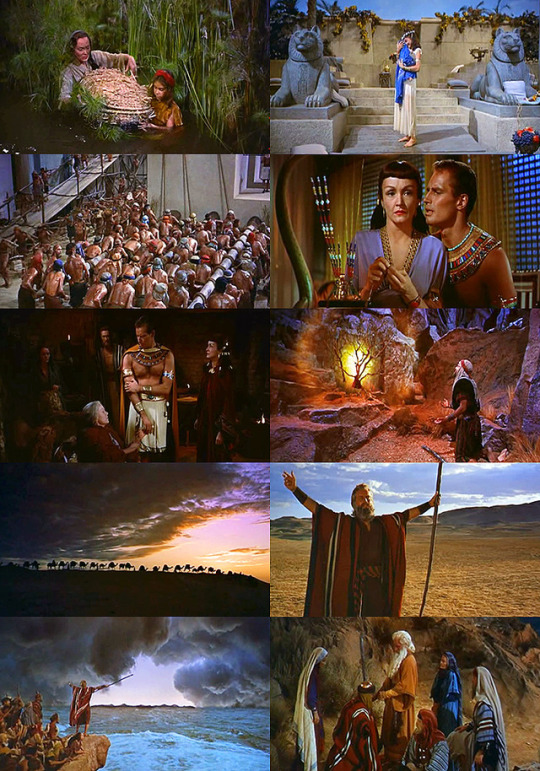#A.E. Southon
Explore tagged Tumblr posts
Photo



The Ten Commandments
Directed by: Cecil B. DeMille
#The Ten Commandments#Cecil B. DeMille#Anne Baxter#Nefretiri#Dorothy Clarke Wilson#J.H. Ingraham#A.E. Southon#Æneas MacKenzie#Jesse Lasky Jr.#Jack Gariss#Fredric M. Frank#film#blue#the ten commandments 1956#atf
61 notes
·
View notes
Photo

The Ten Commandments (1956). The Egyptian Prince, Moses, learns of his true heritage as a Hebrew and his divine mission as the deliverer of his people.
I’m not really into biblical epics, but this one isn’t bad. Sure, it’s bloated and way too long and totally white washed, but it acts as a real capsule for the era in which it was made, and the production values are really, really good. I won’t watch it again, but I’m glad that I did. 7/10.
#the ten commandments#1956#Oscars 29#Nom: Picture#Nom: Sound Recording#Nom: Art Direction#Nom: Cinematography#Nom: Costume#Nom: Film Editing#Nom: Visual Effects#Cecil B. DeMille#dorothy clarke wilson#J.H. Ingraham#A.E. Southon#Æneas MacKenzie#Jesse Lasky Jr.#jack gariss#Fredric M. Frank#charlton heston#Yul Brynner#anne baxter#bible#biblical#Christianity#7/10
8 notes
·
View notes